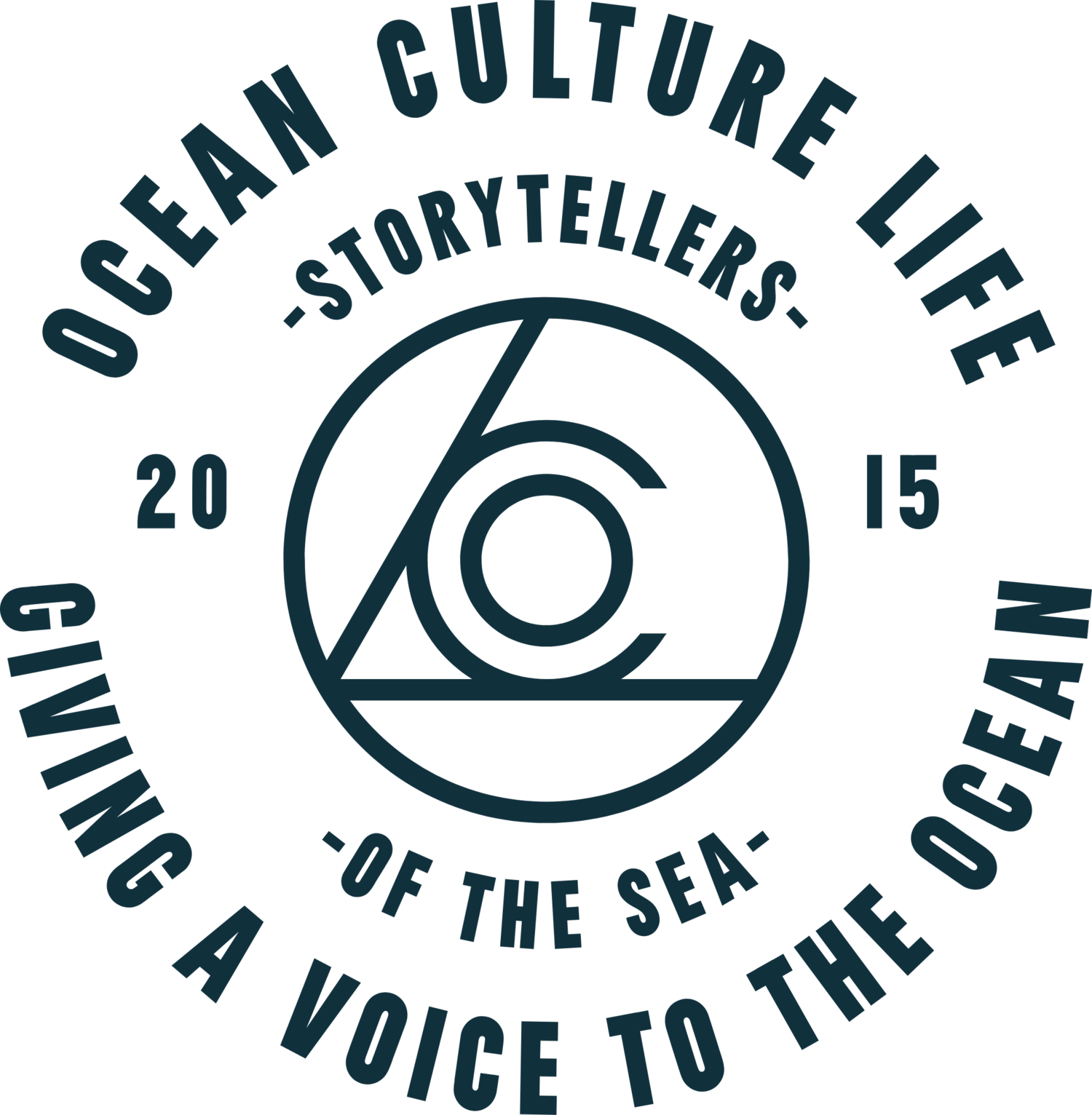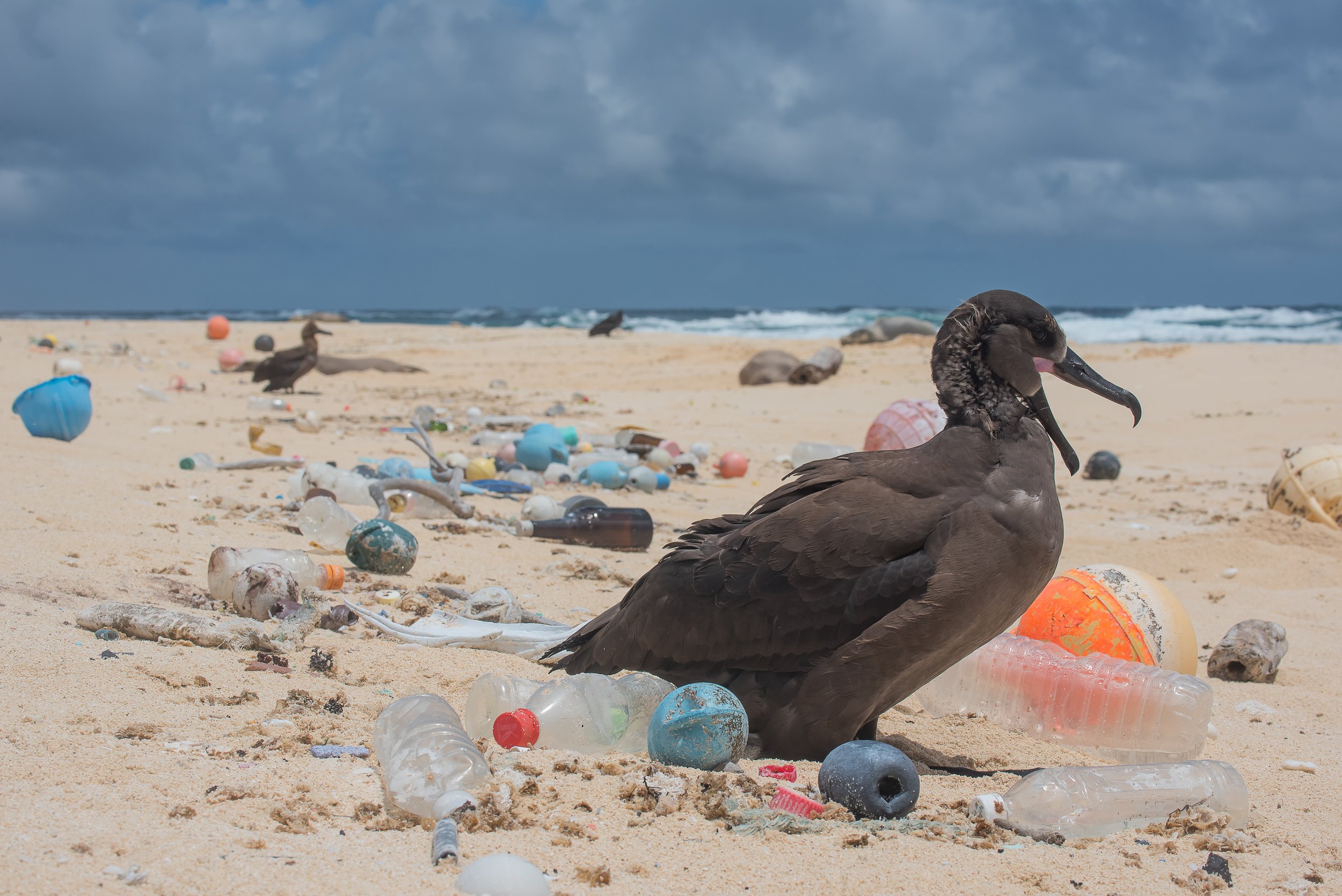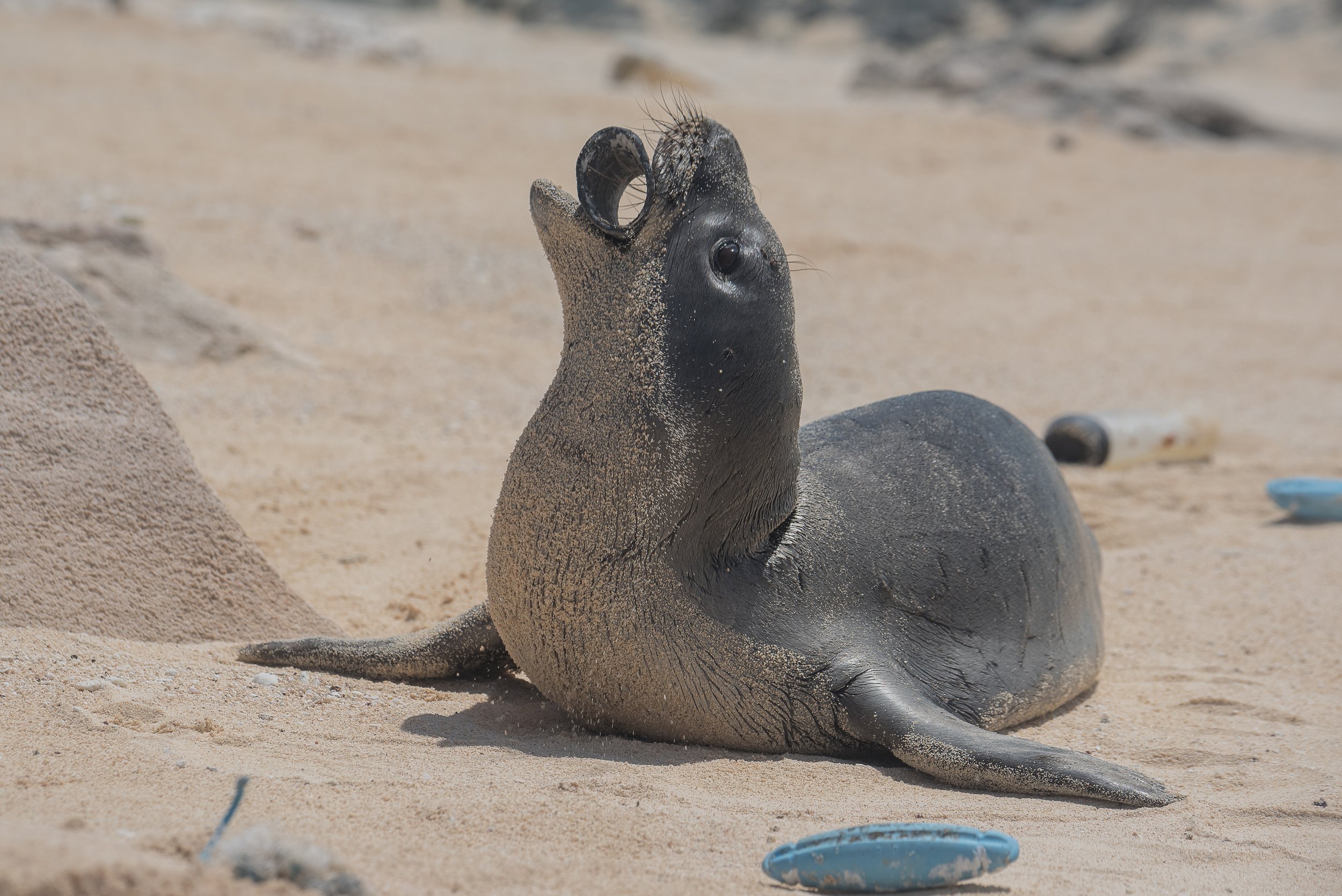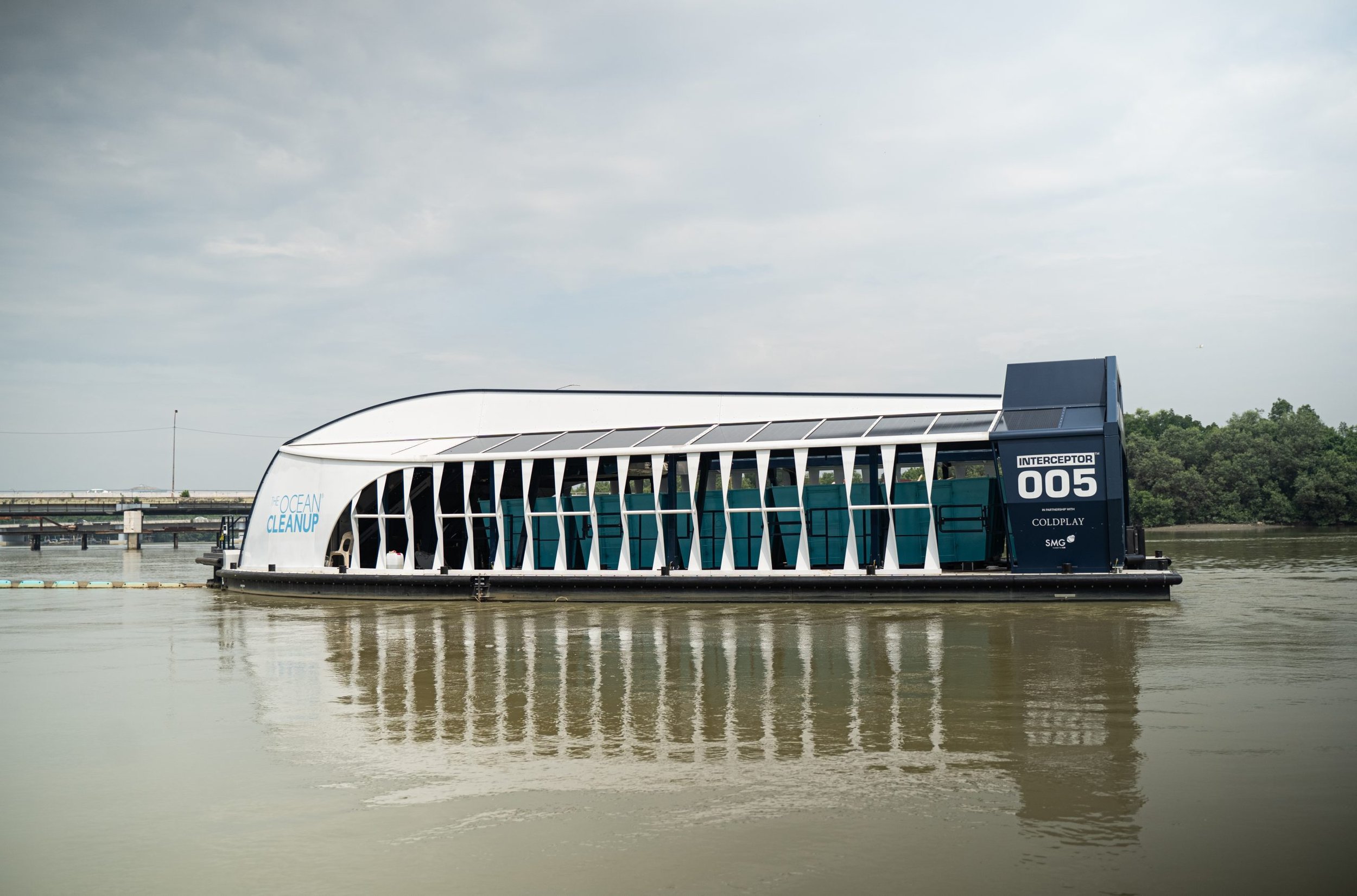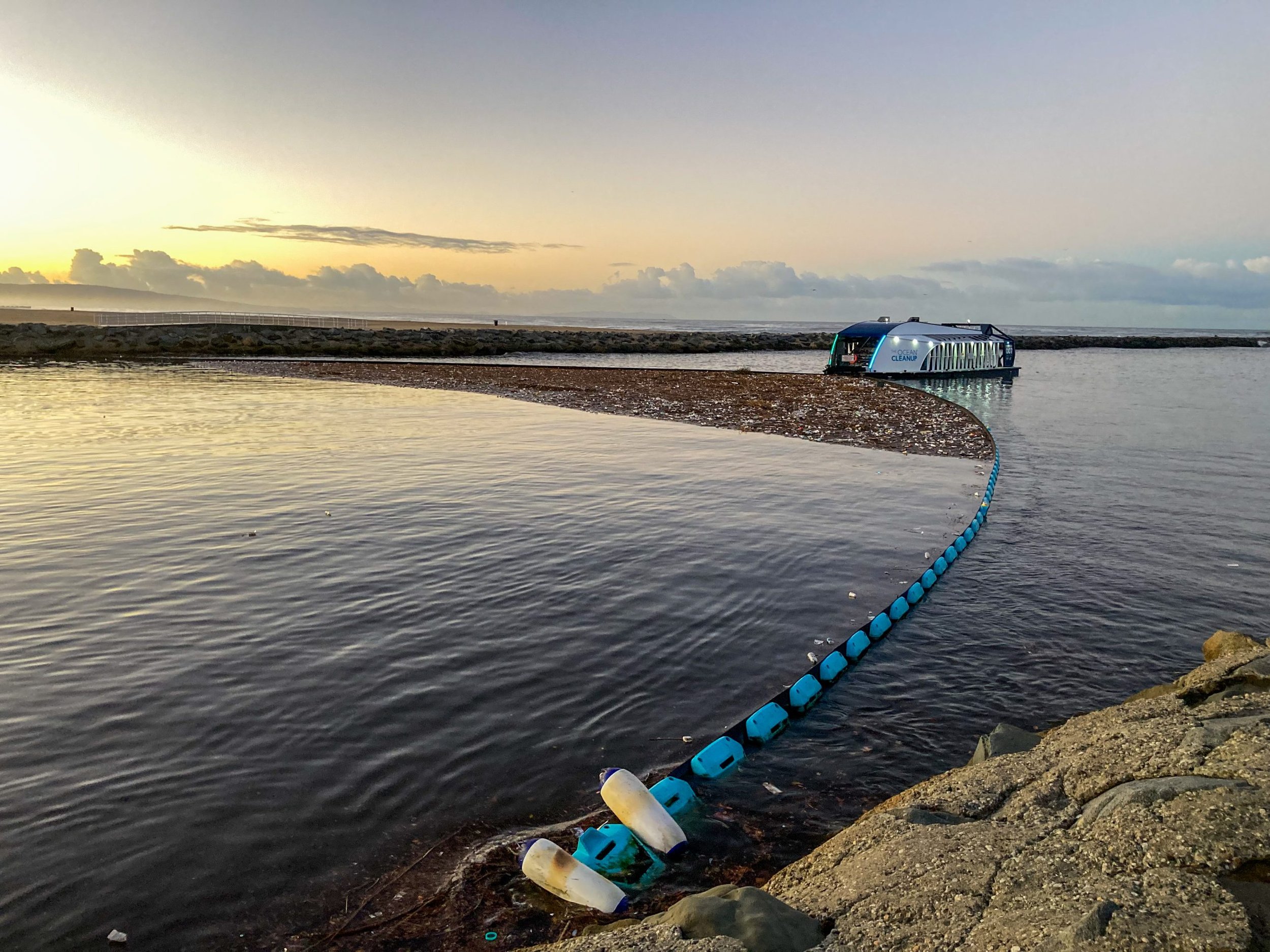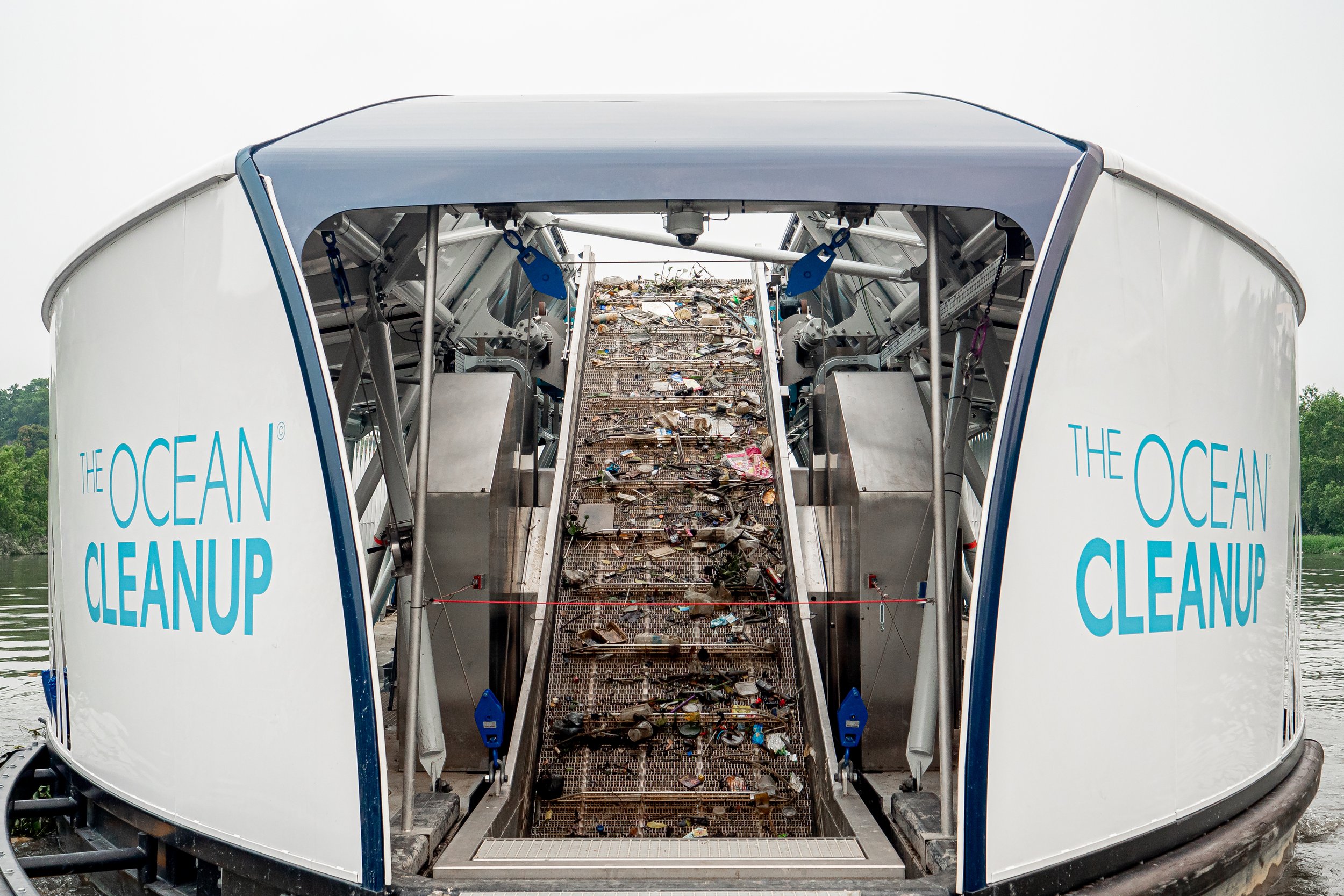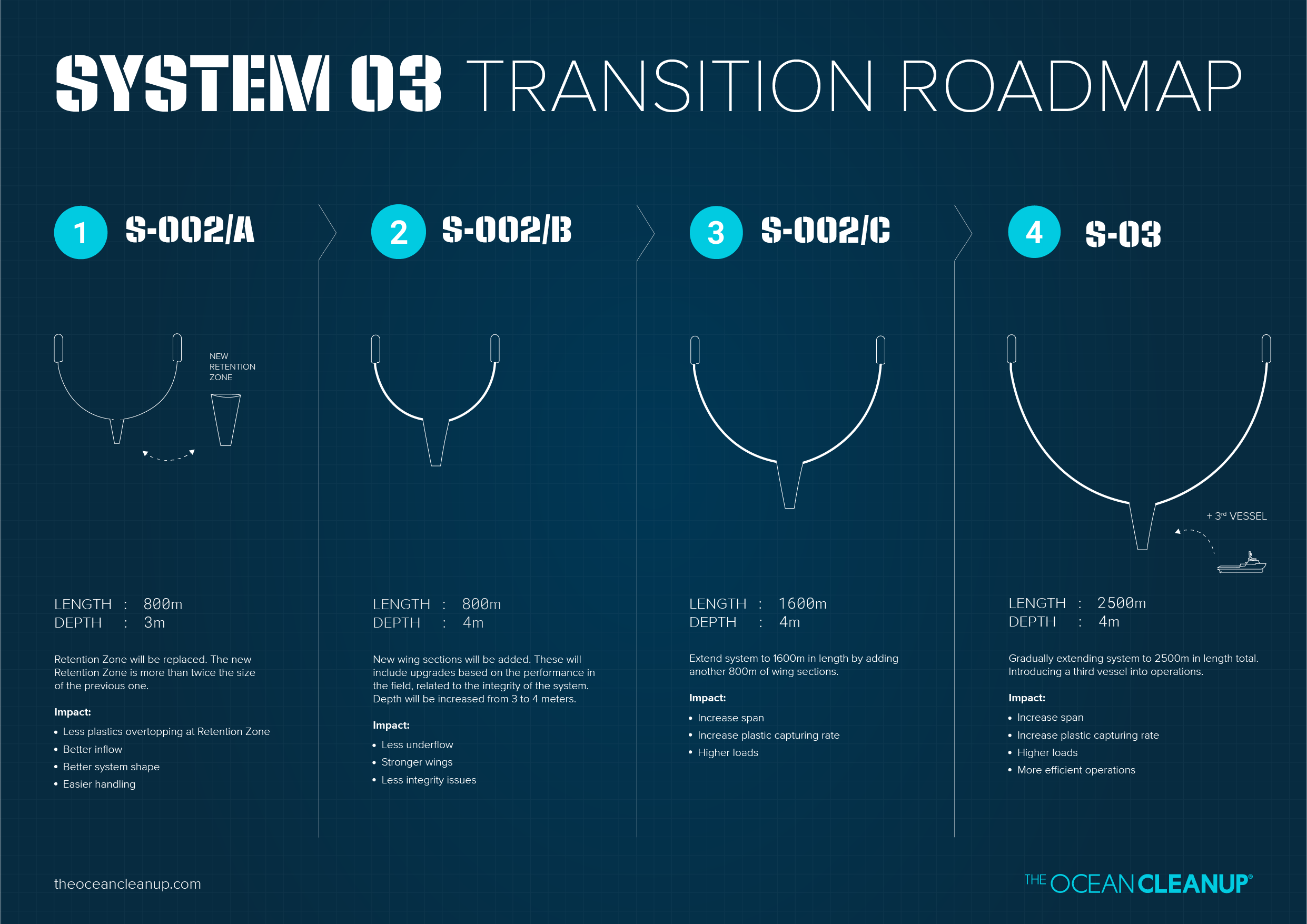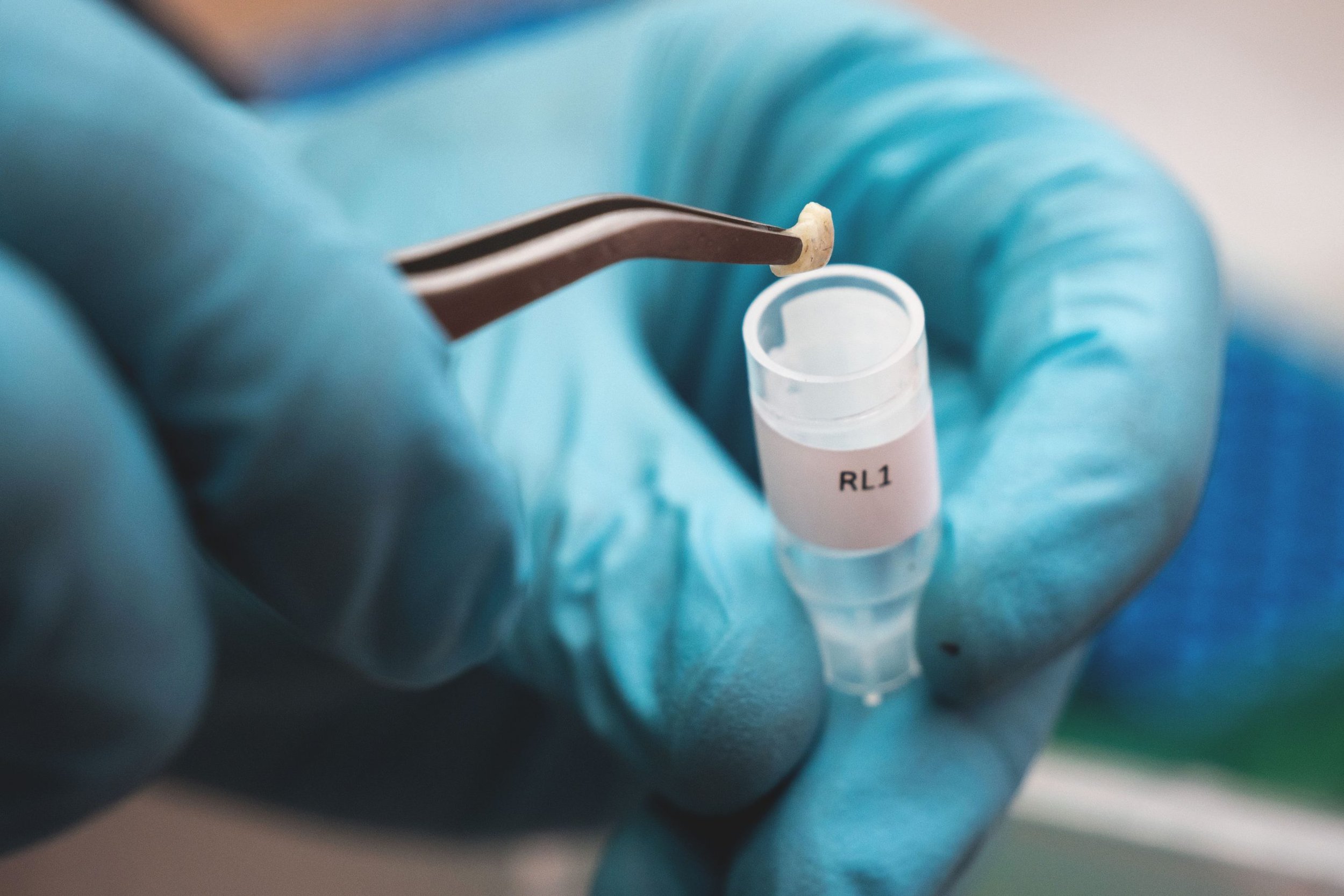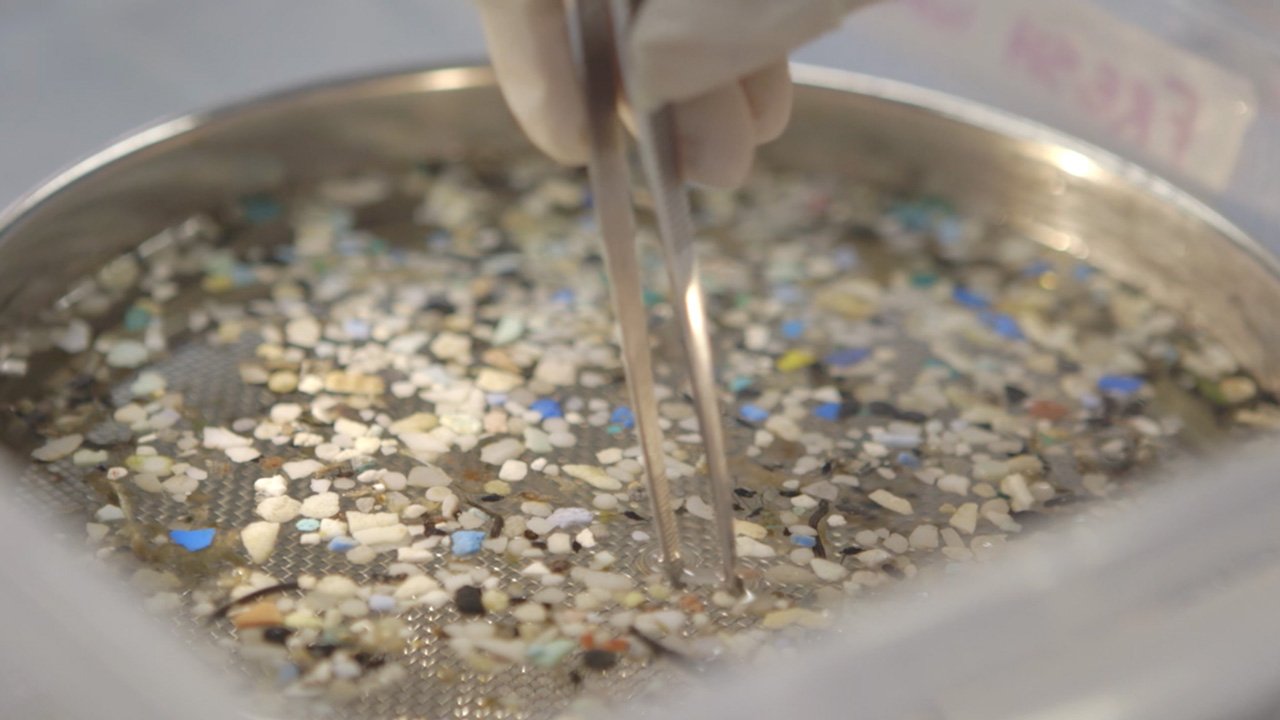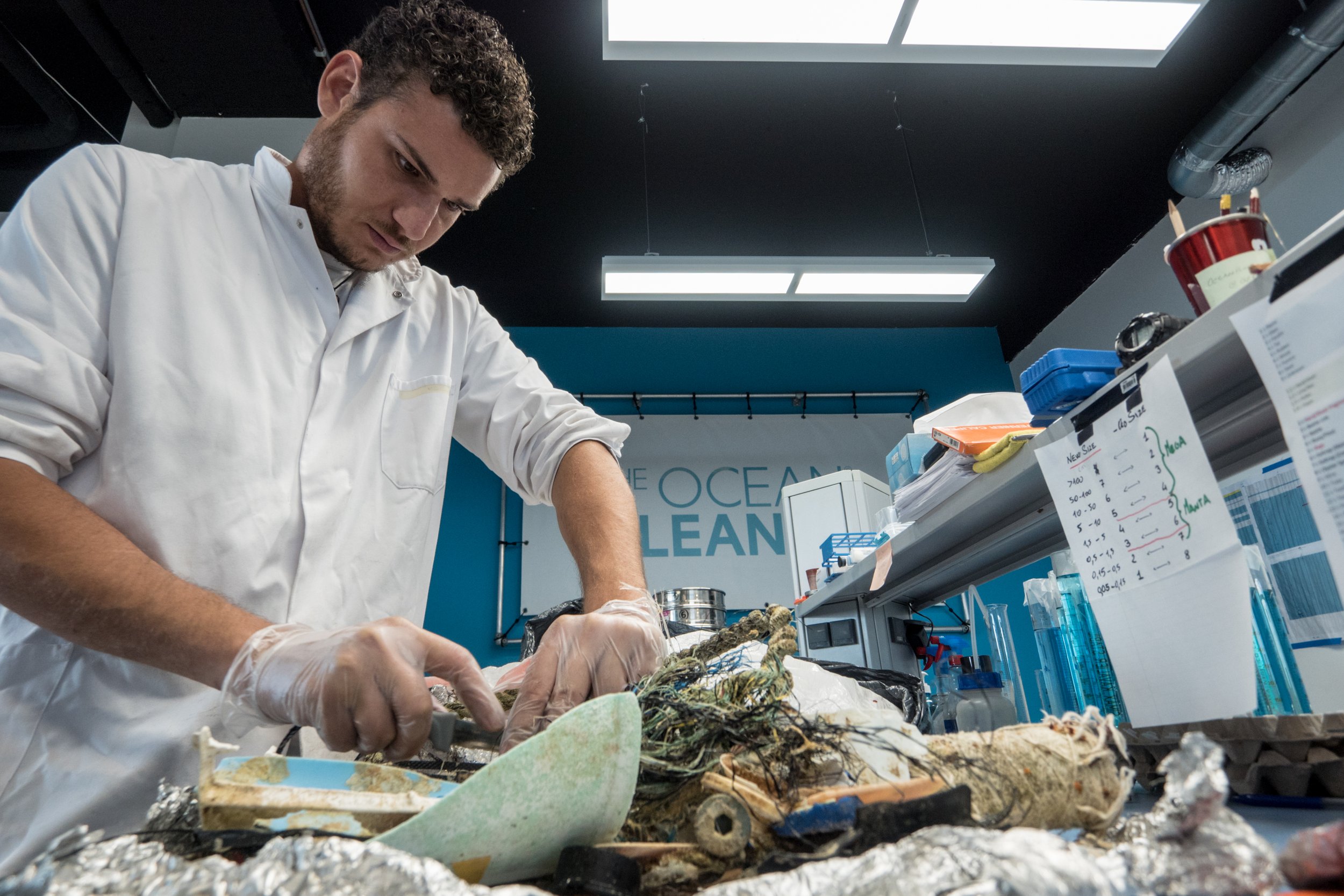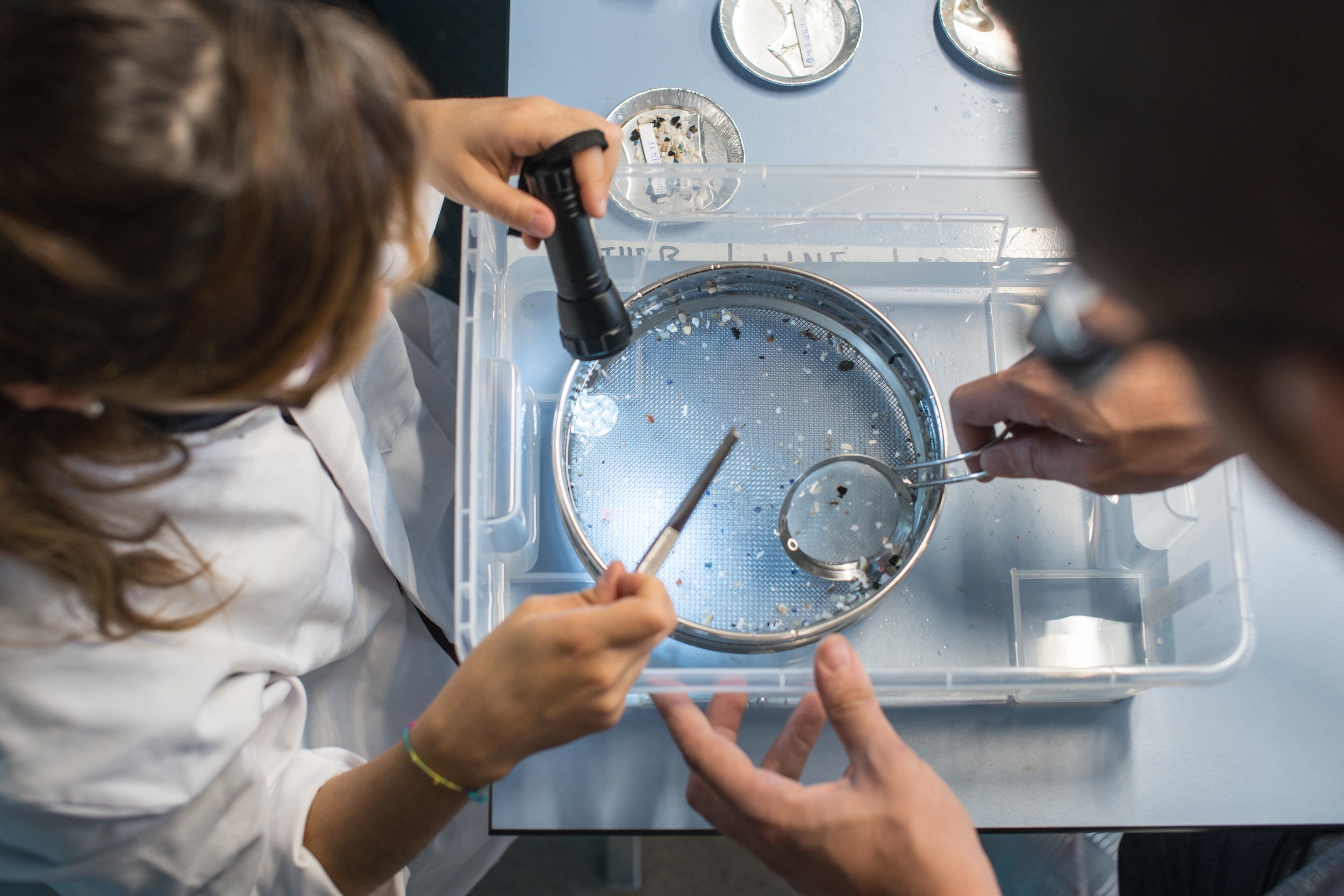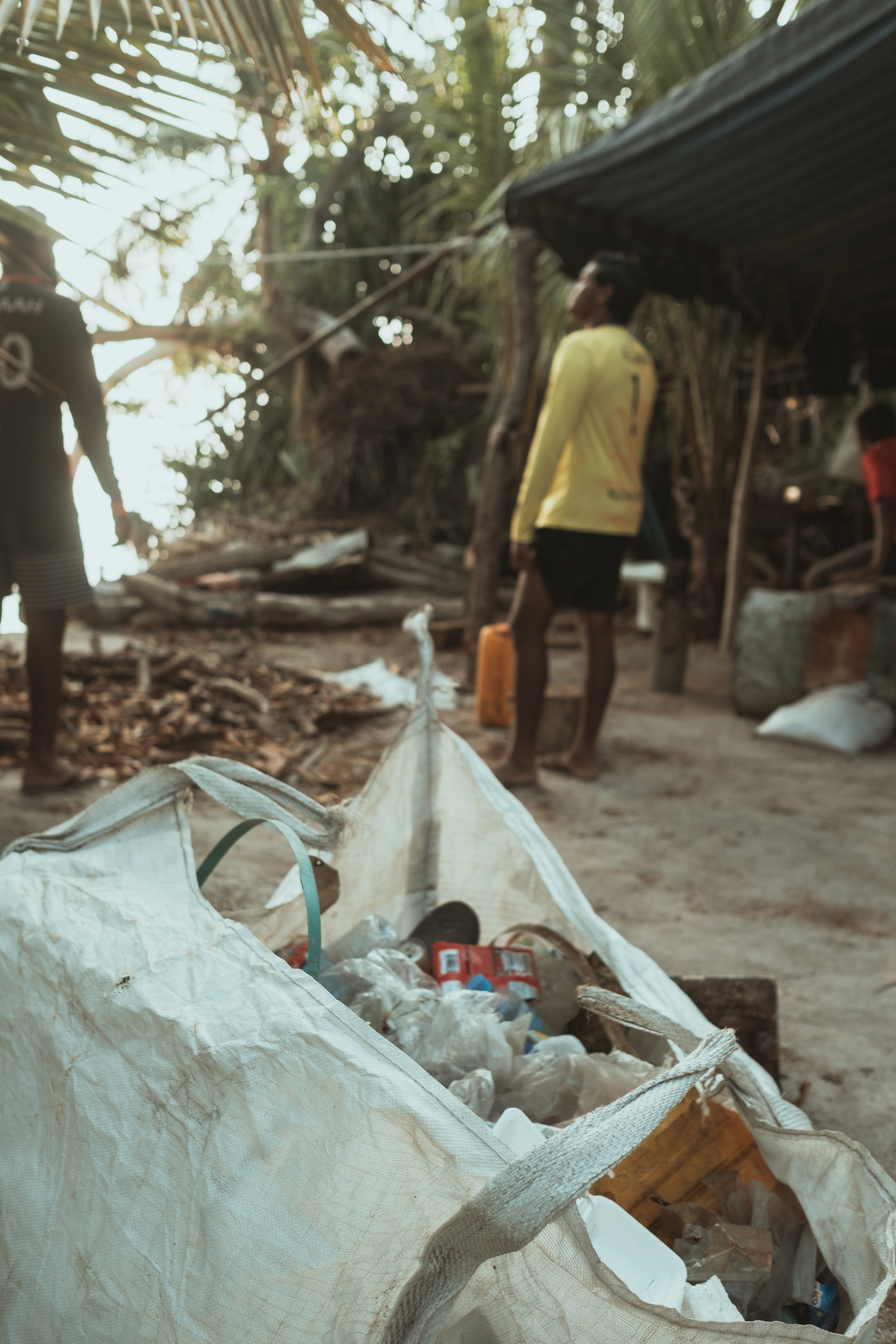The Ocean Cleanup Removes 220 Tonnes of Plastic
Milestone Reached As 220 Tonnes of Plastic Is Removed From the Ocean
The world has been grappling with the problem of plastic pollution in our oceans for decades. But recently, there has been some good news. The Ocean Cleanup, a non-profit organisation founded in 2013 by Boyan Slat, has reached a significant milestone in its mission to rid the oceans of plastic.
The organisation has successfully removed 220 tonnes of plastic from the Great Pacific Garbage Patch, an area of the ocean three times the size of France, using a revolutionary technology known as the Interceptor.
This is a remarkable achievement, and it offers hope that we can turn the tide on plastic pollution.
Image Credit: The Ocean Cleanup
The Problem of Plastic Pollution In the Ocean
Plastic pollution in the ocean is one of the most significant environmental challenges facing our planet today. Every year, millions of tonnes of plastic waste end up in our oceans, affecting human health, and harming marine life and ecosystems.
The problem is particularly acute in the Great Pacific Garbage Patch, an area of the ocean where plastic waste from around the world accumulates due to ocean currents. This area is twice the size of Texas and contains an estimated 1.8 trillion pieces of plastic.
The Impact of Plastic Pollution On Marine Life
The impact of plastic pollution on marine life cannot be overstated. Plastic waste can harm marine animals in a variety of ways, from entanglement to ingestion. According to the World Wildlife Fund (WWF), plastic waste is responsible for the deaths of over 100,000 marine animals each year. This includes turtles, whales, dolphins, and seabirds.
The effects of plastic pollution extend beyond individual animals. Plastic waste can also harm entire ecosystems.
For example, plastic waste can damage coral reefs and seagrass beds, which are essential habitats for many marine species. Plastic waste can also disrupt the food chain, as it can be ingested by small organisms and passed up to larger predators.
The scale of the problem is daunting, but organisations like The Ocean Cleanup are working hard to make a difference.
Images by Matthew Chauvin (The Ocean Cleanup)
The Ocean Cleanup Innovations
The Ocean Cleanup uses a unique technology known as the Interceptor to remove plastic waste from the ocean and surrounding rivers. The device uses a combination of passive and active collection systems to capture plastic waste as it floats past before the plastics flow into the ocean.
The passive system uses the natural flow of the water to guide plastic waste towards the device, while the active system uses conveyor belts and pumps to lift the waste out of the water and into a storage unit.
The Interceptor is incredibly efficient at removing plastic waste. It can collect up to 50 tonnes of plastic waste per day and can operate 24 hours a day, seven days a week. The technology is also environmentally friendly, as it runs on solar power and does not emit any pollutants.
Milestone Reached: 220 Tonnes of Plastic Removed
The Ocean Cleanup's efforts have paid off, and the organisation has reached a significant milestone in its mission to rid the oceans of plastic. Their newest mission with System 002 has successfully removed more than 100000 kg of plastic from the Great Pacific Garbage Patch (GPGP), an area of the ocean that has been notoriously difficult to clean up. This is a significant achievement, and it offers hope that we can make progress in the fight against plastic pollution.
The Ocean Cleanup has big plans for the future. The organisation aims to deploy a fleet of Interceptors in the world's most polluted rivers, which are a significant source of plastic pollution in the ocean. The organisation also plans to continue to develop and refine its technology to make it even more efficient at removing plastic waste.

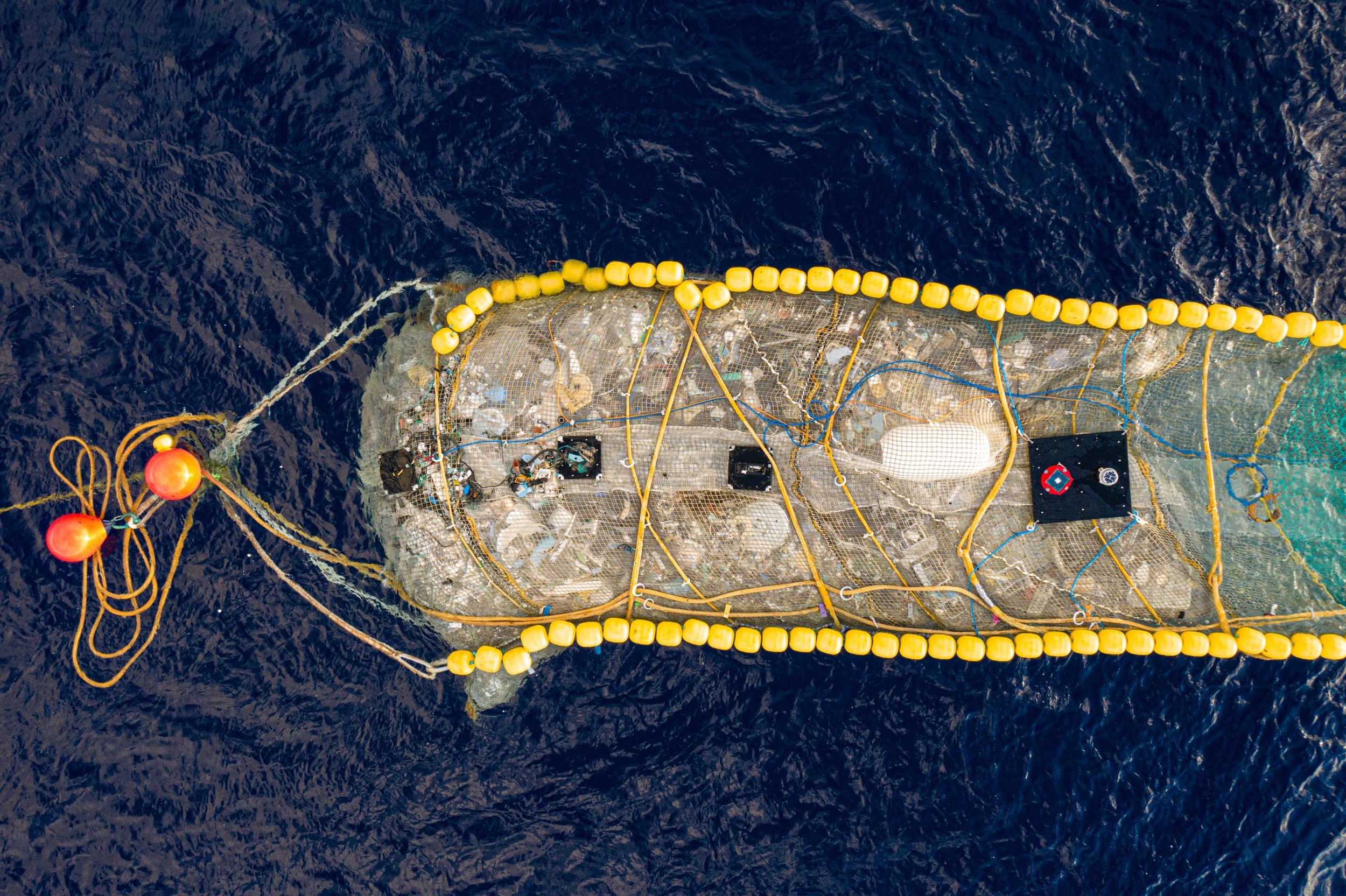



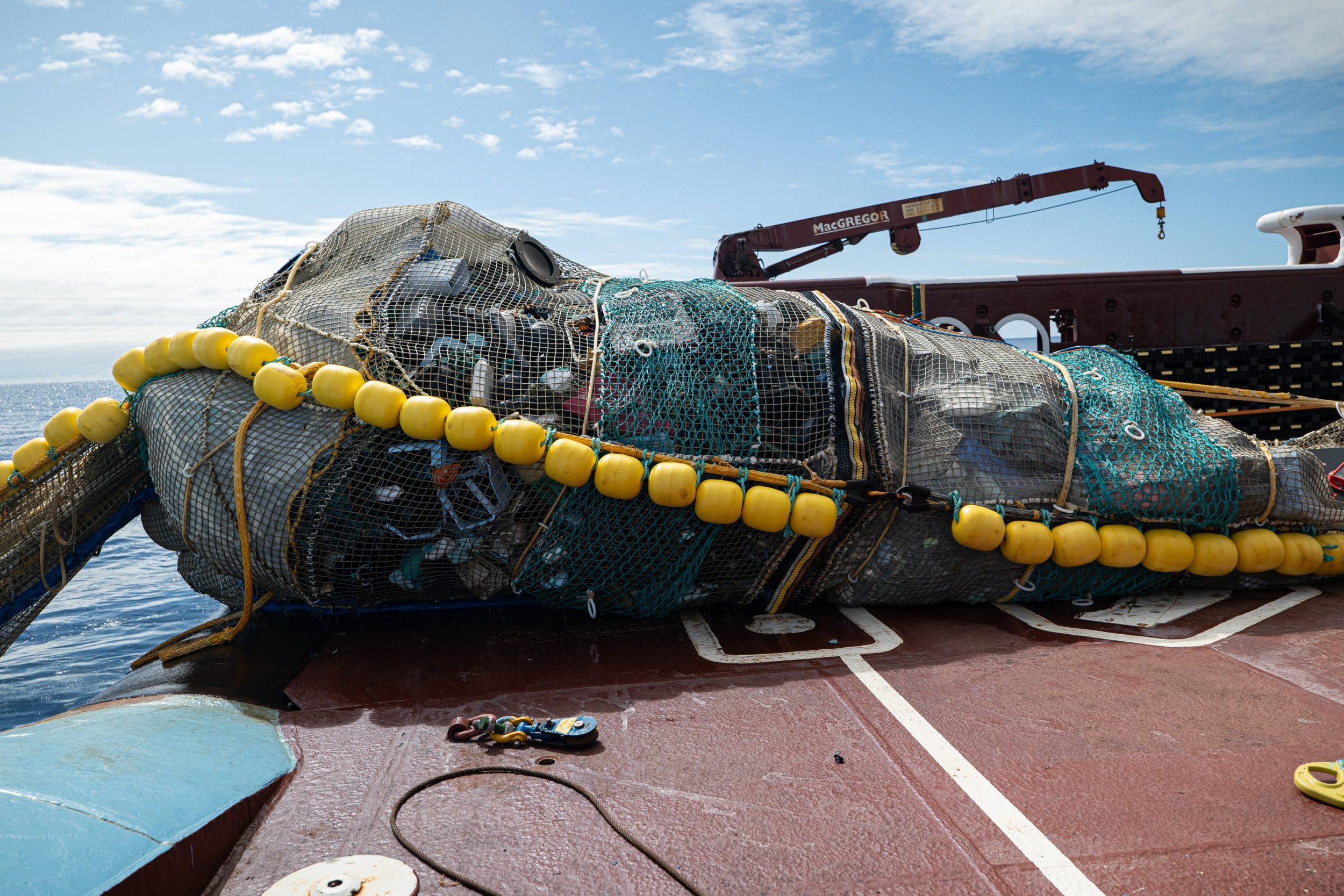
The Ocean Cleanup’s Future Goals
The Ocean Cleanup has ambitious goals for the future. The organisation aims to remove 90% of plastic waste from the ocean by 2040.
To achieve this goal, the organisation plans to expand its fleet of Interceptors and deploy them in the world's most polluted rivers. The organisation also plans to work with governments, businesses, and individuals to reduce the amount of plastic waste that enters the ocean.
In addition to its efforts to remove plastic waste, The Ocean Cleanup is also working to raise awareness about the problem of plastic pollution. They believe that education and awareness are essential in the fight against plastic pollution and are committed to promoting sustainable behaviour, and we couldn’t agree more!
Images by The Ocean Cleanup
Steps YOU Can Take to Reduce Plastic Pollution
Individuals can also play a role in reducing plastic pollution. There are many steps that we can take to reduce our use of plastic and minimise our impact on the ocean.
For example, we can:
Use reusable bags, water bottles, and coffee cups
Avoid other single-use plastics, such as straws and plastic cutlery
Recycle as much as possible
Properly dispose of hazardous waste, such as batteries and electronics
Support organisations that are working to protect the ocean
Join a beach clean or underwater clean-up
Images by Matt Porteous
It is essential that we continue to support organisations like The Ocean Cleanup and work together to protect our oceans. We must also continue to raise awareness about the problem of plastic pollution and promote sustainable behaviour.
By working together, we can make a difference and ensure that our oceans remain healthy for generations to come.
Image Credit: The Ocean Cleanup
